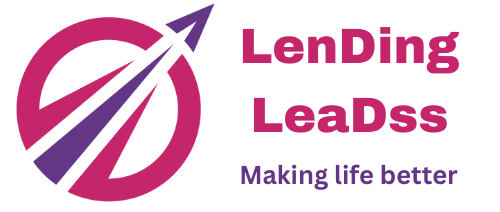When deciding between a secured or unsecured loan, understanding the differences, advantages, and risks of each can help you make a well-informed choice. Here’s a breakdown of secured and unsecured loans:
1. Secured Loans
A secured loan is backed by collateral, which is an asset like a house, car, or savings account. If you fail to repay the loan, the lender can seize the collateral to recover the money.
Pros:
- Lower interest rates: Since lenders have the security of collateral, they usually offer lower interest rates compared to unsecured loans.
- Higher loan amounts: Lenders may be willing to offer larger loans because they know they can reclaim the collateral if necessary.
- Longer repayment terms: These loans often come with longer terms, reducing monthly payments.
Cons:
- Risk of losing collateral: If you default, the lender can take possession of your asset.
- Takes more time to process: Secured loans usually require more documentation and appraisals, which can slow down approval.
Best for:
- People looking to borrow larger amounts (e.g., for a home, car, or business).
- Borrowers who are comfortable using their assets as collateral.
- Those seeking lower interest rates and longer repayment periods.
2. Unsecured Loans
An unsecured loan doesn’t require any collateral. Instead, approval is based on your creditworthiness and income. Common examples include personal loans, student loans, and credit cards.
Pros:
- No collateral needed: You don’t risk losing an asset if you can’t make payments.
- Quicker approval: Since there’s no need for asset appraisal, unsecured loans typically have faster processing times.
- Flexible use: These loans are often used for a variety of personal reasons, like consolidating debt or covering unexpected expenses.
Cons:
- Higher interest rates: Lenders take on more risk, which can result in higher interest rates compared to secured loans.
- Lower borrowing limits: You might not be able to borrow as much as with a secured loan.
- Credit-based: Approval and terms depend heavily on your credit score, so borrowers with poor credit may face higher costs or denial.
Best for:
- Borrowers who don’t have valuable collateral to offer or don’t want to risk losing assets.
- People looking for smaller loan amounts with shorter repayment periods.
- Individuals who need quick access to funds.
How to Choose Between Secured and Unsecured Loans:
-
Assess Your Risk Tolerance: If you are comfortable putting up collateral, a secured loan may offer better terms. But if losing an asset is too risky, an unsecured loan is safer.
-
Consider Loan Amount: For large purchases (like a home or car), a secured loan is usually more appropriate. Unsecured loans tend to be better for smaller, short-term needs.
-
Look at Interest Rates: If you’re aiming for the lowest possible interest rate and can provide collateral, a secured loan will typically offer better terms.
-
Evaluate Your Credit: If you have strong credit, you may be able to get favorable terms even for unsecured loans. Those with lower credit scores may have better luck with secured options.
In Summary:
- Secured loans are ideal for those seeking larger amounts, lower interest rates, and longer terms, but they carry the risk of losing collateral.
- Unsecured loans offer quicker access to funds without the risk of forfeiting an asset, but they typically come with higher interest rates and lower borrowing limits.
Your choice should depend on your financial situation, credit score, risk tolerance, and how much money you need to borrow.

